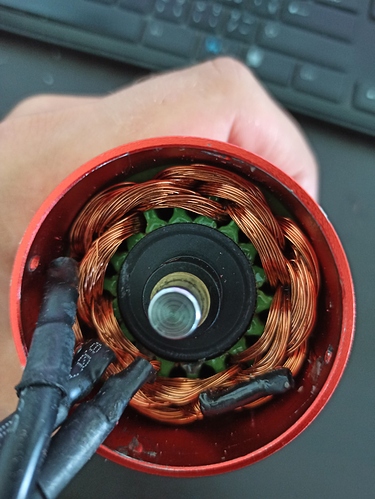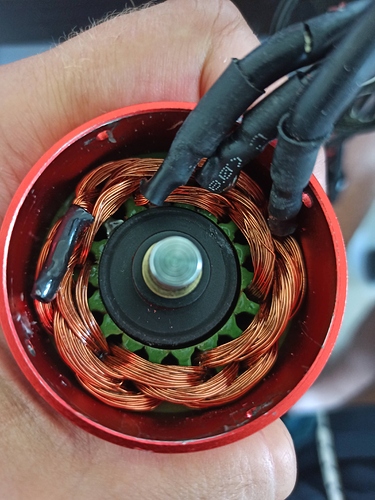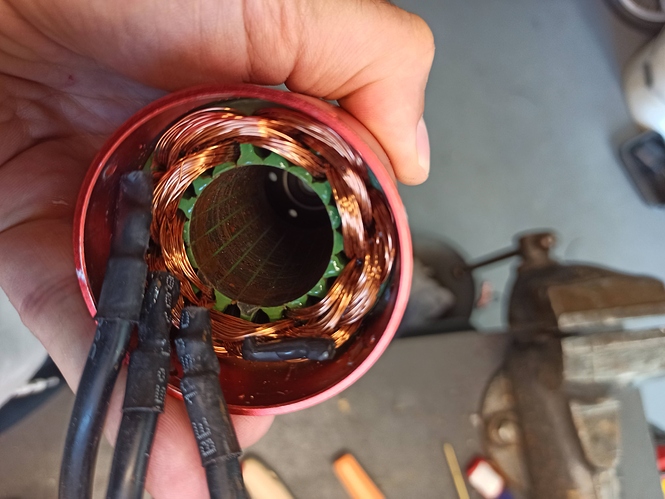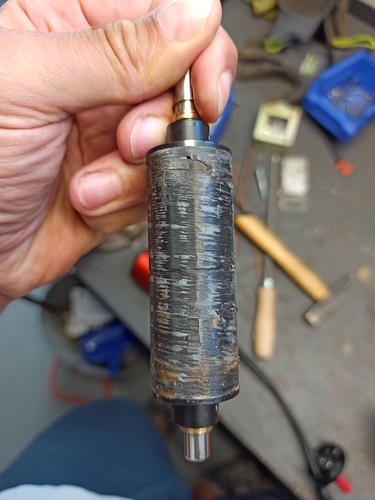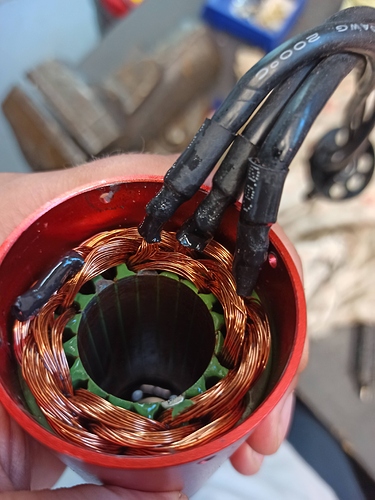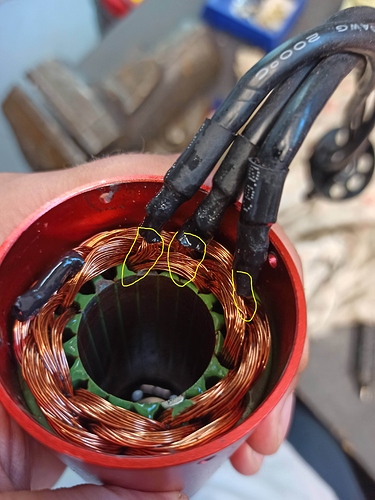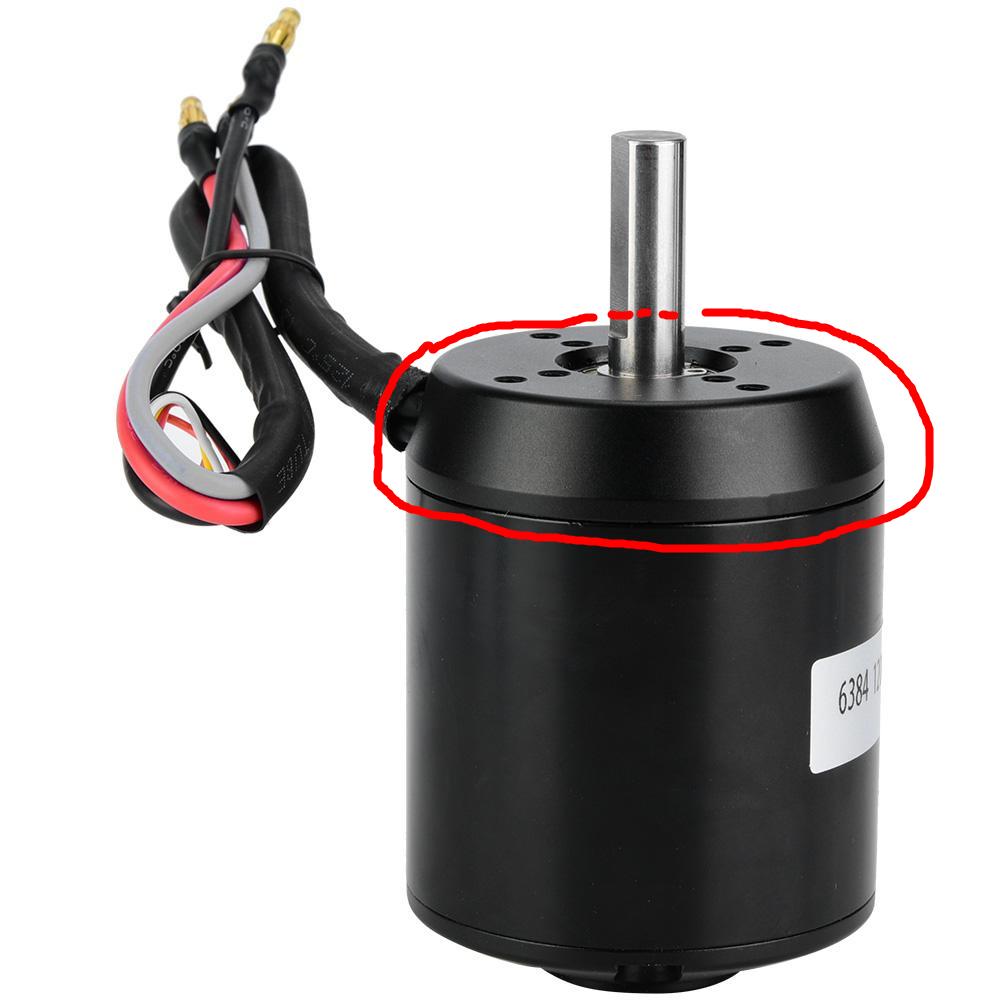I was just out for a test ride (SUP inflatable paddleboard) using Flipsky 56115 inrunner motor and Flipsky FSESC 200A with VESC 6.0 and VX2 remote.
All was working fine on a bench - did Motor FOC wizard in VESC tool, setup max motor current to 120A, battery (12s lipo) to default 99A max current. Motor was nicely spinning during the setup.
After putting the board on the water (only motor in the water, everything else in waterproof box) and going quite smoothly for 2 seconds I realized motor direction is wrong. So I switched 2 motor wires. Back to water and motor suddenly instead of starting slowly to spin it jumped on with crazy vibrations and stopped. Due to this vibrations propeller exploded. So I installed new one and all the same - gently pushing controller wheel up and first nothing and then explosion of energy - but rather one big stutter. Remote was giving me error “ABS over current”.
Came home, did out of curiosity FOC wizard again if VESC tool can spin the motor smoothly and it went quite fine - smoothly spinning forward, backward not so much. Tried to spin motor with controller and again one big stutter and motor jumped on the table.
Did FOC wizard last time - and it gave me “Detection failed. Reason: flux linkage detection failed”
Later I found out that it´s impossible to spin the motor by hand, I can do it only by wrench. No matter if it´s under power or unpowered. And again error message “ABS over current” from remote controller together with new “ABS over voltage” warning.
I tried to measure IR on motor wires as I read in one topic here to find out if there is a short on the windigns and the results are:
1-2: 16 mOhm 2-3: 19 mOhm 1-3_22 mOhm
Here is short video of motor stuttering in the field: https://youtu.be/lTh36YJPnOw
Here from VESC tool FOC wizard on the bench: https://youtu.be/v4ZvAt1z7oo
Here is shot of the windings:
I have difficulty to open the motor from other side where is the shaft:
Could anybody please help me figuring out what went wrong? I don’t think it’s seized bearings. Appreciate your help.
